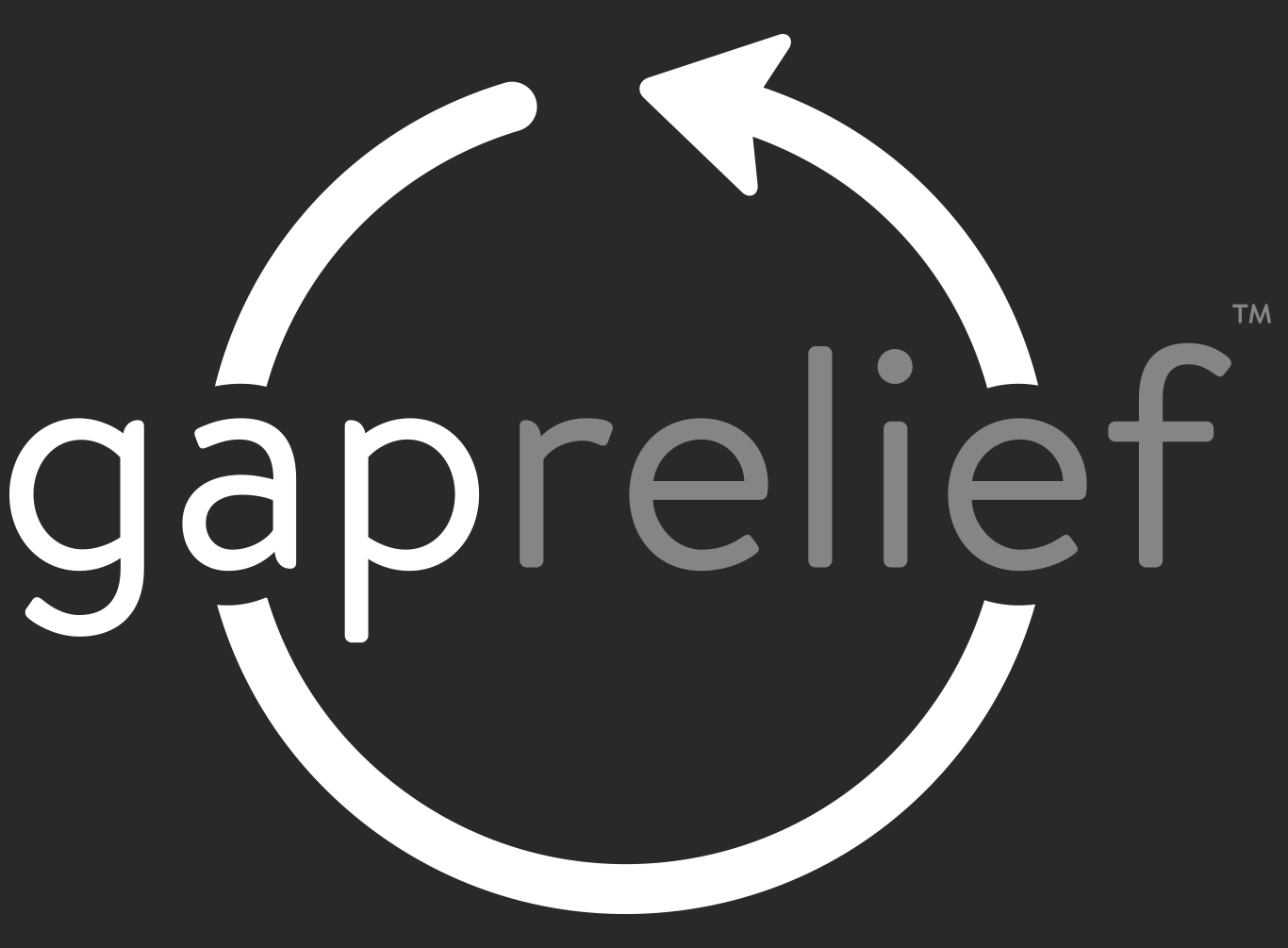The Enneagram and Trauma Work
There is a lot of buzz surrounding personality typing systems in general, and especially the Enneagram. It is certainly the oldest and probably has the most mystery surrounding it, but it is also one that we here at Gap Relief believe to be one of the most helpful and one that offers significant opportunities for healing.
First, let’s begin with a brief overview of the Enneagram. Most basically, it is a personality typing system made up of 9 types which explain the core motivations and fears behind human behavior. This is why the Enneagram is very impactful on self and other-awareness– it examines the why behind actions and words rather than looking only at surface-level behavior.
So, why is this important for trauma work? When we begin to understand ourselves better, we are better able to communicate ourselves to others in a more meaningful way. This gives others better eyes with which to see us within our strengths and weaknesses and opens the door for empathy. When this is reciprocated, we have now laid the groundwork needed for collaboration and meaningful work in healing, in self care, and in the jobs that we do.
The Enneagram also sheds light on how motivations influence behavior when trauma comes into an individual’s story. Within the Enneagram, each person has a core number (or “type”). Each type then frames the internal “why” behind the behavior of those identifying as that particular type, which can help them better understand the external moves that they make. The Enneagram is organized very well and offers a literal map for tracking these moves.
Our Enneagram Coach at Gap Relief likes to explain it like this: “When we can understand the meaningful reasons influencing someone’s decisions, it helps us hold better space for others when they are doing something we don’t like or disagree with. We can then be curious with them with better understanding, instead of simply getting annoyed or angry as we make inaccurate assumptions about their character.”
This gives us some better insight on how the Enneagram can help us individually, but how does it help trauma-informed practitioners? Having knowledge of the Enneagram provides an enhanced framework when working with clients. Seeing a client’s moves as they navigate their healing journey through the lens of their core motivations, fears, and beliefs about the world can be incredibly helpful. A therapist or practitioner who knows their client’s Enneagram type can be more creative in their care plans, better predict roadblocks in processing and growth, and have a more clear framework for their client’s internal and external moves.
Our Enneagram coach works alongside our counselors in order to do just this. She will meet with a client individually, assess their core Enneagram type along with their nuances within their type and, with permission, share and collaborate with their counselor on best practices for their therapeutic journey.
This can also be helpful for groups working to better serve trauma-impacted communities. The Enneagram provides a roadmap and a common language through which teams can better see each other. Internally at Gap Relief, we use the Enneagram freely as means to connect and stay curious with each other as we do the hard work of serving trauma-impacted sectors like first responders, educators, healthcare workers, and more. It better enables us to hold space for each other in healing, growth, conflict, and leadership.
Ultimately, the Enneagram is an incredible tool for healing and trauma work and we encourage all teams and individuals to utilize it to grow, empathize, and collaborate.

